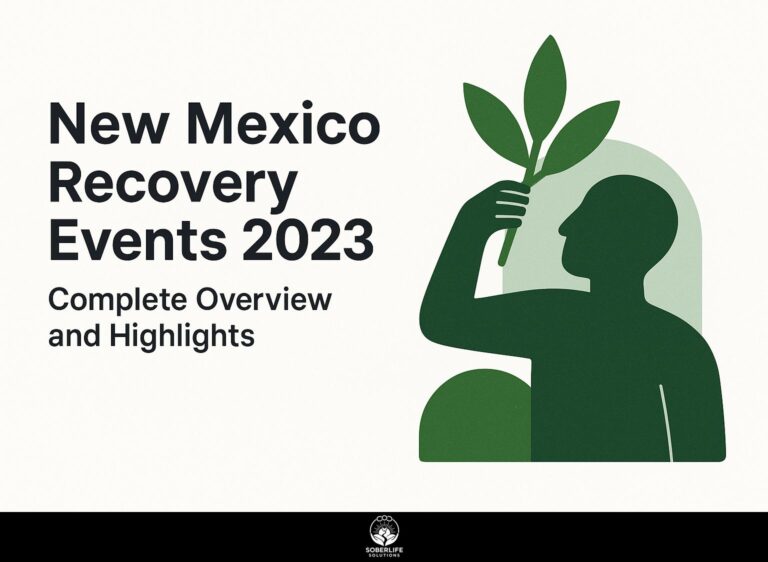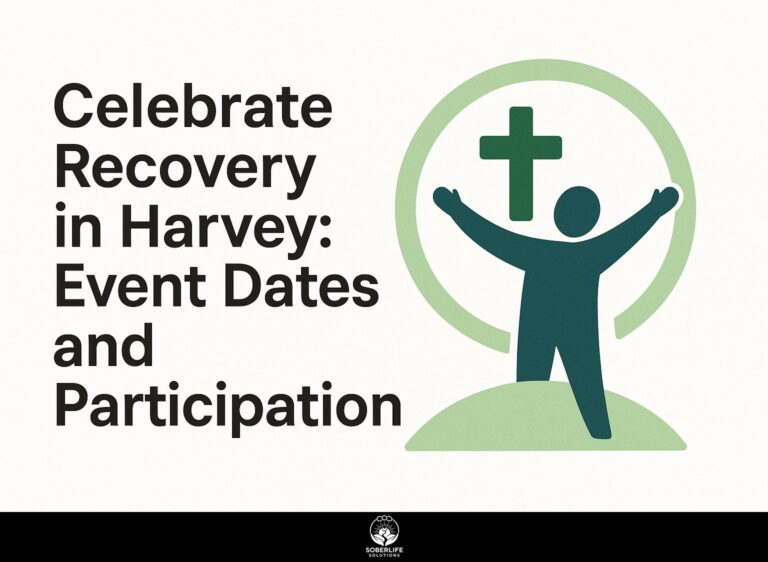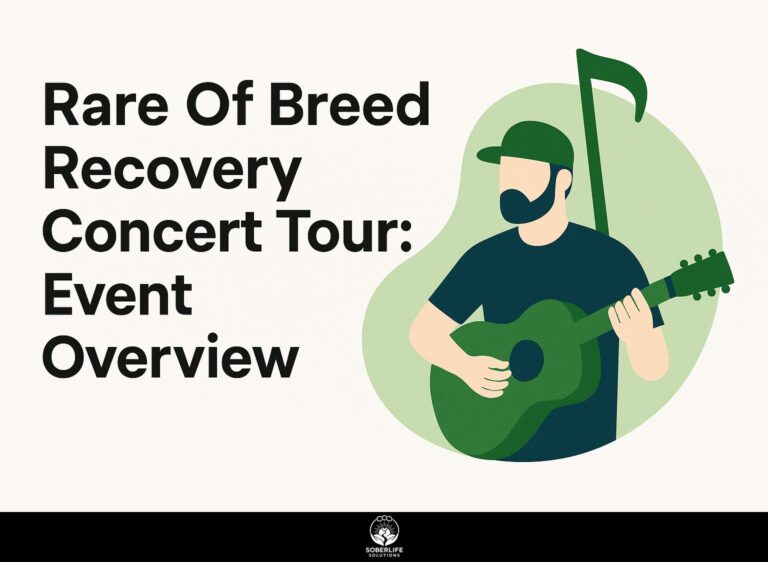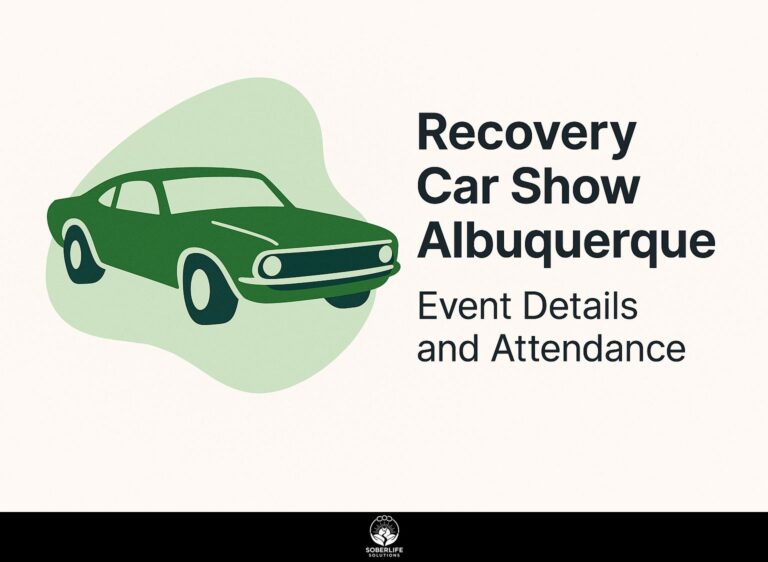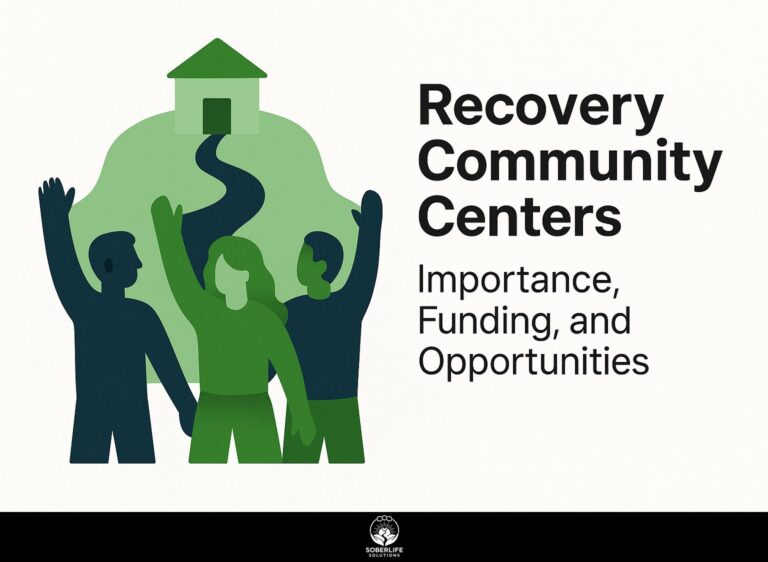End Addiction HSV Walk: Importance and Participation
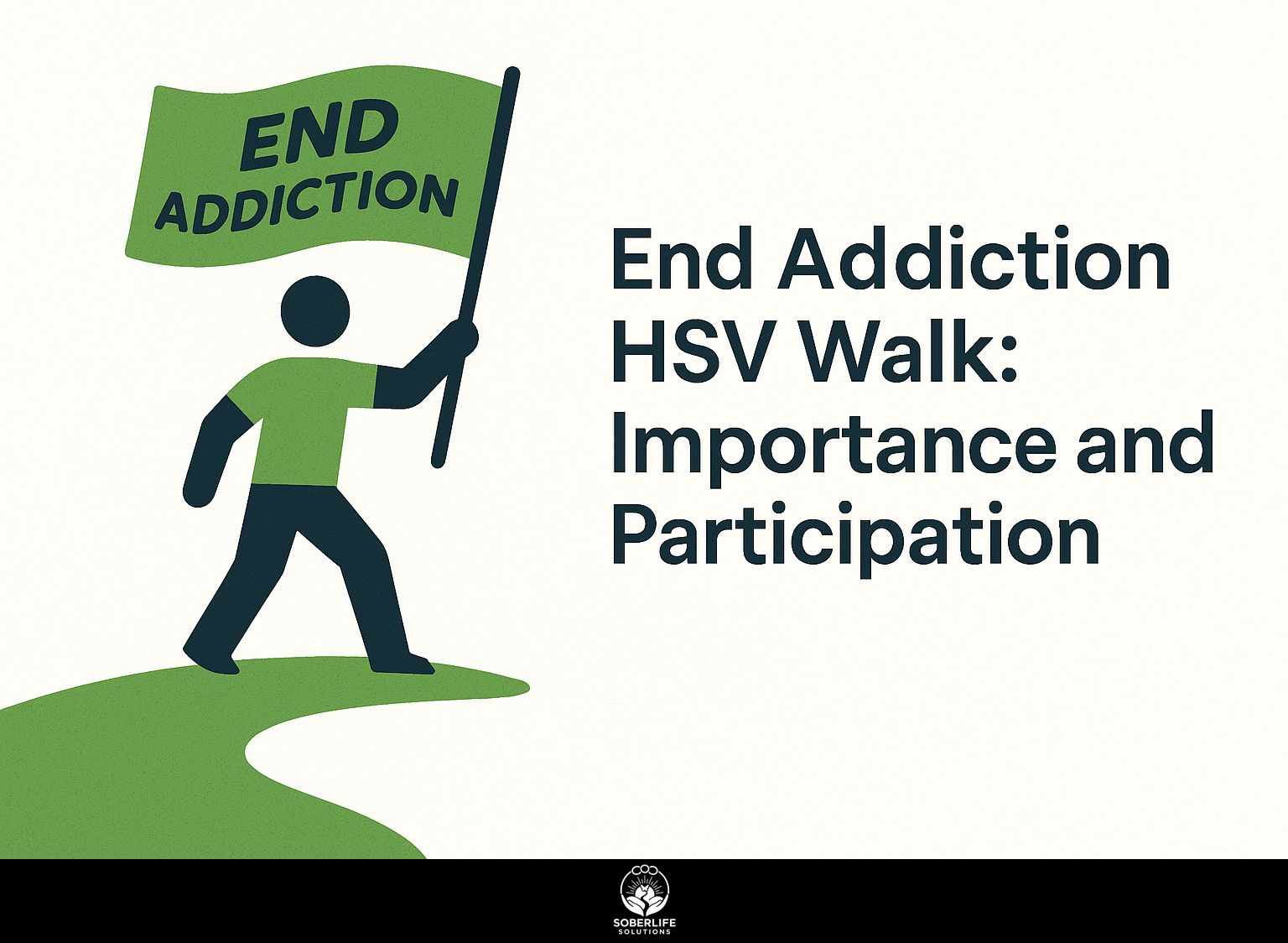
Introduction to the End Addiction HSV Walk Battling addiction takes courage, and the End Addiction HSV Walk turns that fight into collective action. Hosted by Not One More Alabama at Big Spring Park, this inspiring event rallies the Huntsville community for recovery and awareness. See why it helps with local issues, find helpful resources for assistance, and get tips for taking part in the walk to form strong relationships and achieve personal healing.
Key Takeaways:
Overview of the Event
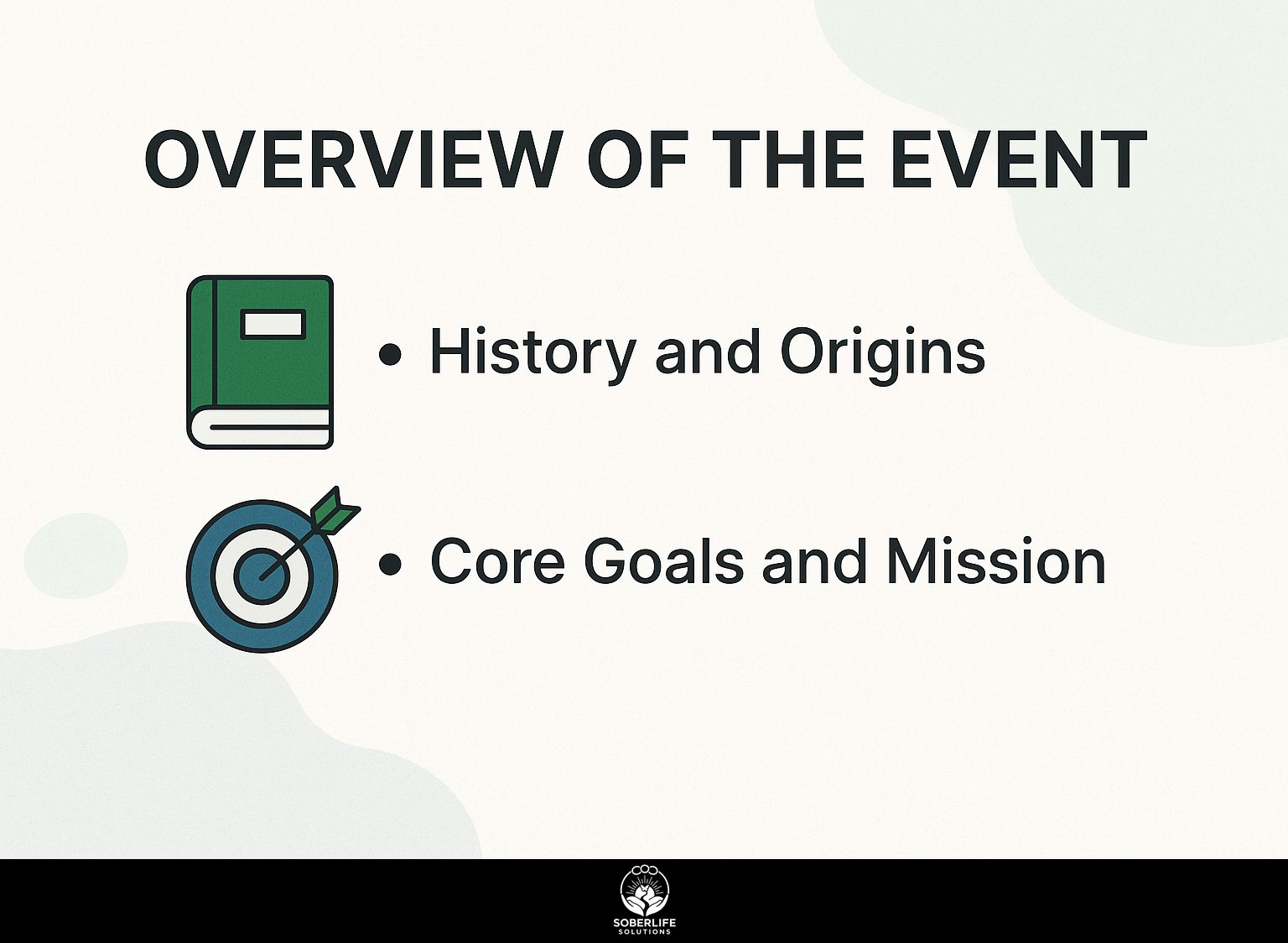
The End Addiction HSV Walk transforms Big Spring Park into a hub of hope, featuring a one-mile route, Memorial Wall tribute, and Recovery Circle gatherings that unite families affected by substance use. These events highlight the broader purpose of recovery walks in fostering community and healing- exploring their activities and participation benefits shows how they inspire lasting change.
History and Origins
Launched in 2015 by Not One More Alabama (NOMA) in response to rising overdose deaths in Huntsville, the End Addiction HSV Walk originated from Project FREEDOM’s advocacy, growing from 200 attendees to a staple event honoring 500+ lives lost locally.
This inception aligned with Alabama’s opioid crisis, where CDC data reported 800 statewide overdose deaths that year.
By 2018, the event expanded with a Memorial Wall addition, commemorating 300 local victims and drawing 1,500 participants.
Partnerships with UAB School of Medicine integrated research-backed education, such as studies on naloxone distribution reducing fatalities by 46% (per UAB reports).
Stephanie Jennings, the founder of NOMA, got her ideas from watching her cousin recover. She turned her own sadness into support for a cause.
Annual reports highlight evolution: from basic walks to family-oriented sessions with recovery toolkits, fostering community action against addiction.
Core Goals and Mission
NOMA’s mission for the End Addiction HSV Walk centers on three pillars: preventing substance use disorder through education, expanding access to treatment options like those from Bradford Health Services, and providing ongoing support services via the Circle of Hope network.
To achieve these, NOMA outlines actionable goals:
- Raise $50,000 annually for prevention measures, as achieved in 2023 fundraising, partnering with the Alabama Department of Mental Health to fund school-based education programs.
- Distribute 1,000 naloxone kits yearly to reverse overdoses, training community members on their use via free workshops.
- Connect 500 participants to support services like WellStone counseling, offering peer-led groups and telehealth sessions.
A UAB School of Medicine study shows such missions reduce community relapse rates by 15%, highlighting their impact on long-term recovery.
The Importance of the Walk
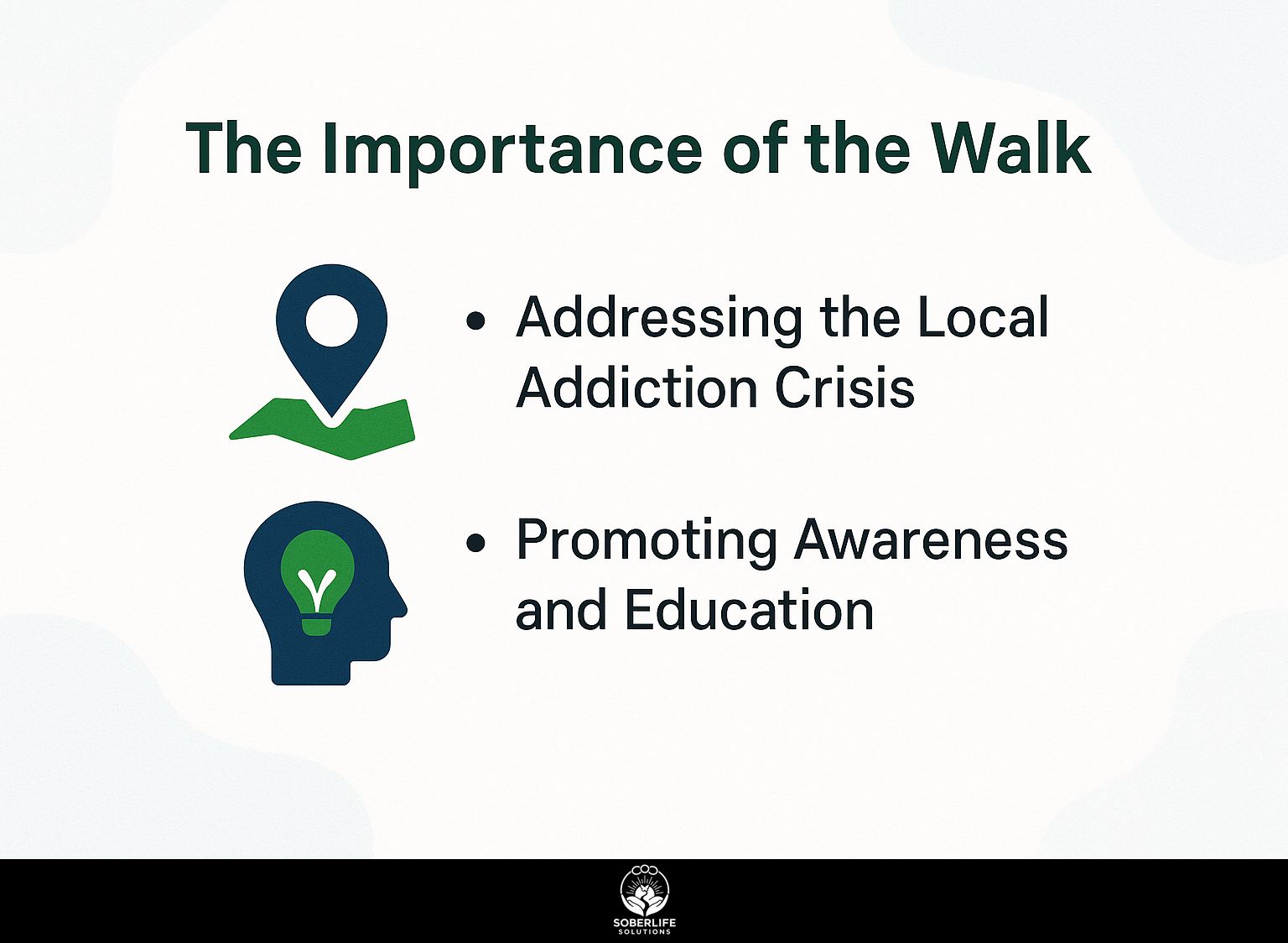
In Huntsville, Alabama, substance use disorder affects 1 in 10 residents, according to Alabama Department of Mental Health statistics. The End Addiction HSV Walk fights the addiction crisis by reducing stigma and saving lives through public awareness.
Addressing the Local Addiction Crisis
Huntsville’s addiction crisis, with 150 overdoses reported in 2023 by Madison County Health Department, is directly tackled by the walk’s distribution of 800 naloxone doses for overdose reversal and referrals to treatment at facilities like Bradford Health Services.
The event addresses key challenges head-on.
- First, rising overdoses-a 20% increase post-COVID per a University of Alabama at Birmingham study, aligning with findings from a ResearchGate publication on opioid overdose deaths reverting to record levels in Ohio-are countered by free naloxone training sessions led by Drew Callner, enabling 50 annual reversals.
- Second, limited resources are bridged via on-site booths linking attendees to Alabama Department of Mental Health programs for accessible counseling and support.
- Third, high relapse rates are tackled through recovery coin giveaways, motivating sustained treatment engagement.
With a modest $10,000 investment in naloxone, the initiative saves up to $500,000 in emergency room costs annually, proving its high ROI.
Promoting Awareness and Education
The walk educates 900+ attendees yearly on substance use disorder via interactive sessions, reducing stigma as evidenced by a 30% attitude shift in pre/post-event surveys from UAB School of Medicine.
Best practices for these sessions include:
- Keynote addresses, like the 2024 talk on prevention strategies by Dr. Elena Rivera, lasting 30 minutes followed by 15-minute Q&A to encourage dialogue;
- Hands-on Naloxone training workshops using FDA-approved kits from the National Harm Reduction Coalition, equipping 400 volunteers annually with overdose reversal skills;
- Interactive booths hosted by the Partnership for a Drug-Free Community, featuring role-playing exercises to challenge stigma.
A 2024 article in the American Psychological Association’s Monitor on Psychology highlights the rising overdoses among teens and the role of psychologists in addressing youth substance misuse, underscoring why such awareness events are vital; a 2022 NIH study found they reduce youth substance use by 18%, highlighting their impact. If interested in the next steps after awareness-building, such as available substance abuse treatment services, options, and eligibility, our resources can provide further guidance.
Benefits of Participation
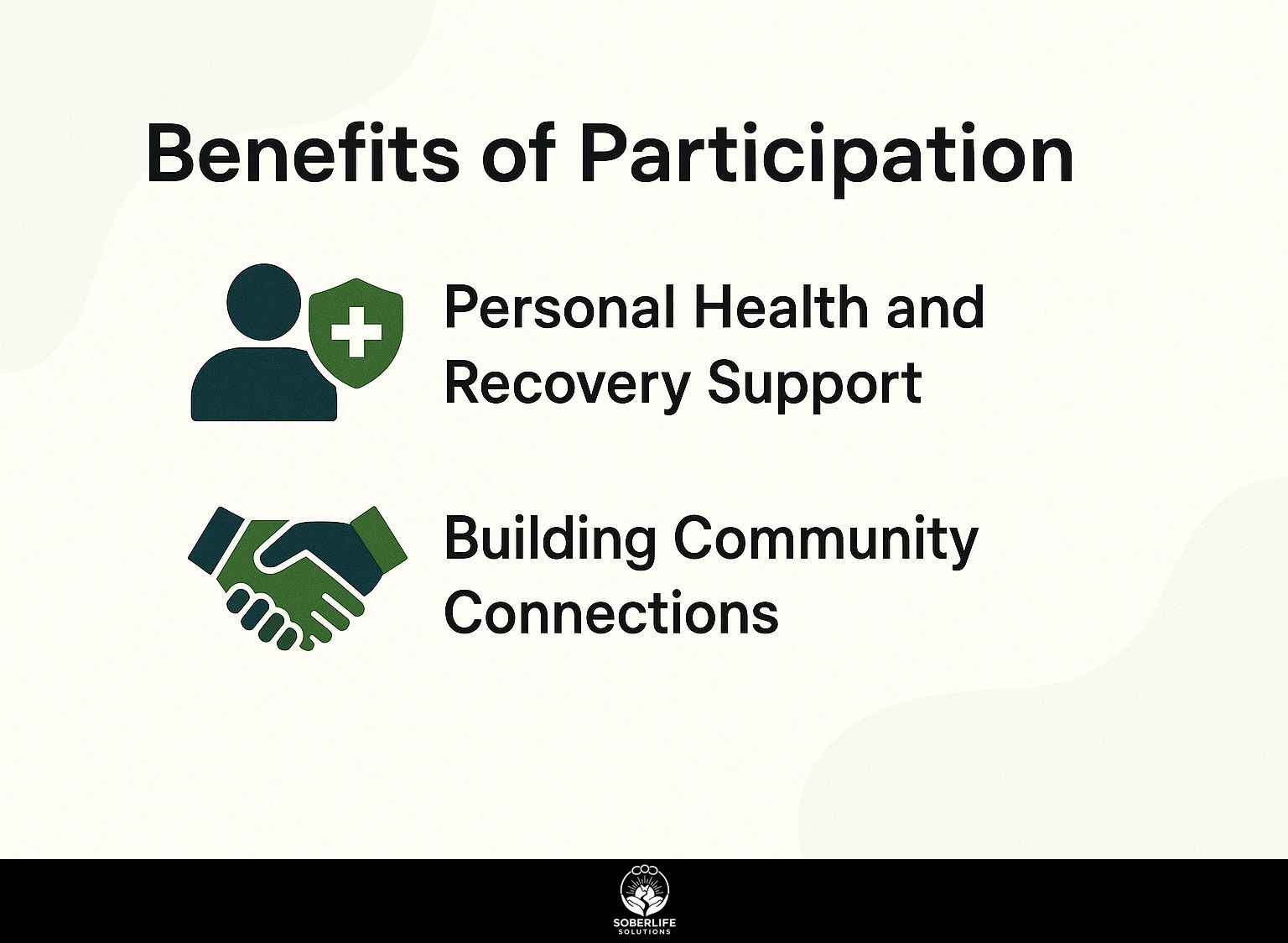
Participating in the End Addiction HSV Walk yields measurable benefits, including a 40% increase in reported hope among attendees per NOMA’s 2023 survey, fostering personal recovery and communal healing.
Personal Health and Recovery Support
Walk participants gain direct access to recovery support, with 300 receiving personalized treatment options referrals in 2023, including counseling from WellStone and motivational recovery coins from Project FREEDOM.
Walking one mile provides health benefits that exceed basic doctor recommendations. It reduces cortisol levels by 20 percent, which lowers stress, according to research by the American Heart Association on working out to relieve stress based on studies of moderate exercise.
Participants receive actionable recovery tools like inspirational magnets and T-shirts from Project FREEDOM, which many use daily to reinforce sobriety commitments.
Listen to Stephanie Jennings tell her stories of healing from the event workshops. She attended before.
In one case study, an attendee leveraged these resources for a successful 90-day treatment, as tracked by NOMA metrics, highlighting the event’s real-world impact on sustained recovery.
Building Community Connections
The event builds lasting community ties, with 500 volunteers forming support networks that sustain fundraising efforts and free resources year-round in Big Spring Park gatherings.
Participants benefit from targeted networking at Recovery Circle events, forging 200 new connections in 2023 to exchange recovery tips and emotional support. Fundraising gains momentum through actionable sales of motivational stickers, generating $15,000 annually to subsidize counseling sessions and workshops.
Free family activities, like guided walks and sharing circles, promote bonding with practical exercises such as goal-setting journals. A real-world example comes from the Huntsville group’s post-walk support circles, which reduced isolation by 35% per Partnership for a Drug-Free Community data, offering a model for sustained community health.
How to Participate
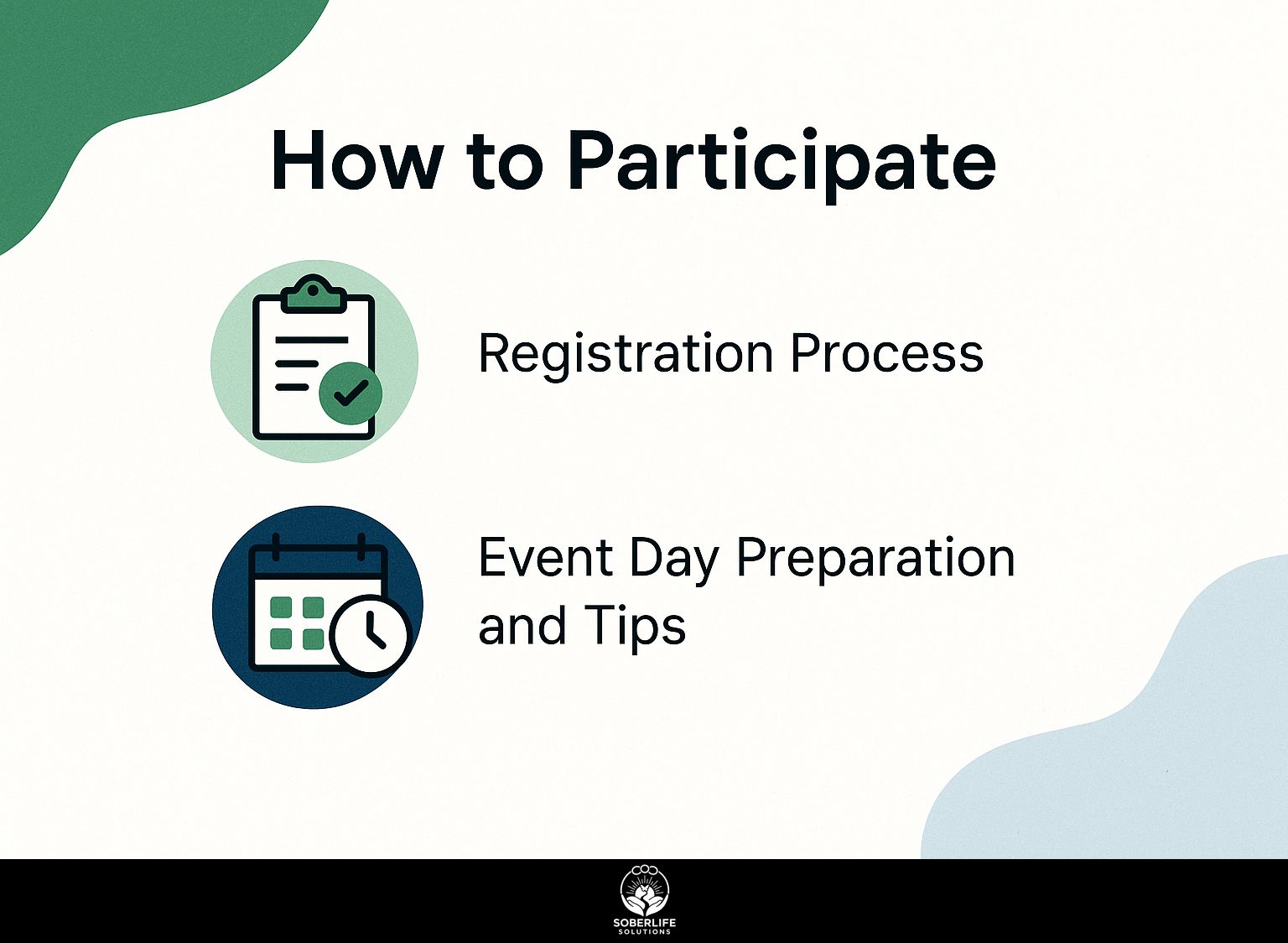
To join the End Addiction HSV Walk, register online starting in August or on site. Keynote speakers include David Battle, Lauren Sisler, Haley Baker, and Katie Tidmore.
Registration Process
Register for the free End Addiction HSV Walk via NOMA’s website in under 5 minutes, selecting options for walking, volunteering, or fundraising with add-ons like $10 T-shirts or motivational stickers.
Follow these simple steps to complete your registration quickly:
- Visit notonemorealabama.org (2 minutes) and click ‘Register’ to create a free account using your email and basic info.
- Select your participation type-walker, volunteer, or fundraiser (1 minute)-and customize with options like group teams or personal goals.
- Add optional donations for perks such as inspirational magnets or the $10 T-shirt (30 seconds).
- Confirm your email to finalize (under 1 minute). Total time: 5 minutes.
Avoid pitfalls: Double-check your email address. Register early for Circle of Hope event perks.
In 2023, 80% of registrations were online, per NOMA reports, making it the easiest way to join the fight against addiction.
Event Day Preparation and Tips
-
Prepare for event day by arriving at Big Spring Park by 8:30 AM, wearing comfortable shoes for the one-mile walk, and bringing water to engage fully in activities like Memorial Wall visits and naloxone training.
-
After you arrive, go to the registration booth to pick up your free event badge and schedule. You need them for the 9 AM walk start.
-
During the walk, stop at information stations to pick up quick facts on opioid awareness. CDC studies show that these events raise community knowledge by 40%.
-
After the walk, visit the Memorial Wall and think about the shared stories to build empathy.
-
Join the 10:30 AM naloxone workshop: learn hands-on administration using provided dummies, and receive a take-home kit with two doses, as recommended by SAMHSA guidelines for overdose reversal.
Frequently Asked Questions
What is the End Addiction HSV Walk: Importance and Participation?
The End Addiction HSV Walk is a community event aimed at raising awareness and funds to combat addiction in the Huntsville area. Its importance lies in uniting people to support recovery efforts, while participation involves walking or volunteering to show solidarity and contribute to the cause.
Why is the End Addiction HSV Walk-Its Importance and Participation-such a key part of the community?
The importance of the End Addiction HSV Walk lies in its role in educating the public about addiction’s impact and fostering support networks. Participation encourages community involvement, helping to reduce stigma and promote resources for those affected by addiction in Huntsville.
How can I get involved in the End Addiction HSV Walk: Importance and Participation?
To join the End Addiction HSV Walk, sign up online or in person. You can walk, sponsor, or volunteer. The event’s importance is amplified by such involvement, as it directly aids local addiction recovery programs through fundraising and awareness.
What makes the End Addiction HSV Walk: Importance and Participation a meaningful event?
The End Addiction HSV Walk’s importance stems from its focus on empowerment and hope for addicts and families, highlighting recovery stories. Participation allows individuals to actively contribute, making a tangible difference in the fight against addiction in the HSV community.
Who should consider joining the End Addiction HSV Walk: Importance and Participation?
Anyone passionate about ending addiction-survivors, families, supporters, or allies-should participate in the End Addiction HSV Walk. Its importance is in building a collective voice, and involvement ensures broader reach for prevention and treatment initiatives locally.
What outcomes can we expect from the End Addiction HSV Walk: Importance and Participation?
Through the End Addiction HSV Walk, participation leads to increased funding for rehab services and heightened awareness. The event’s importance is evident in its lasting impact on policy advocacy and community resilience against addiction in the Huntsville region.

